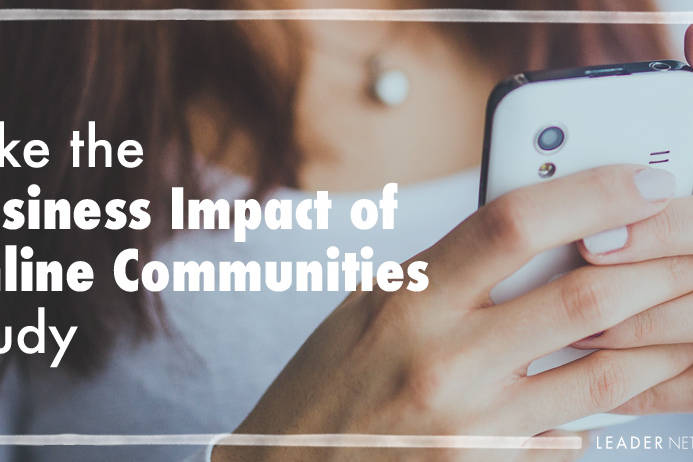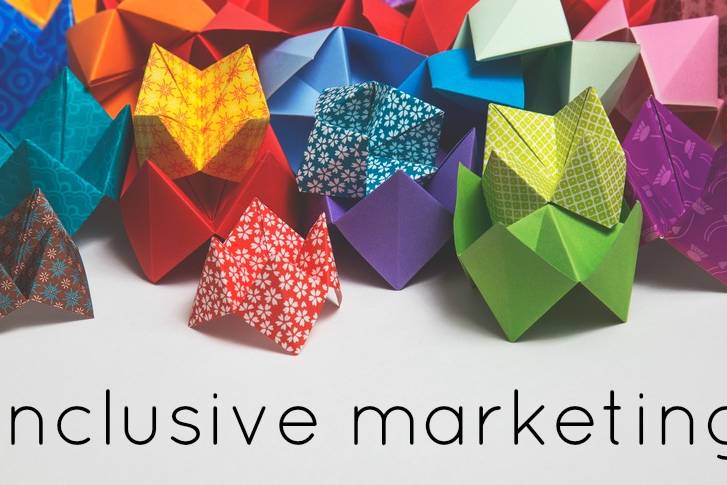 I am one of those jaded, cranky people who think everything new must prove itself over time. A credit to my Yankee roots, I don’t get excited about much. This is sometimes a disadvantage. For example, when I was invited into the gmail beta in the *very* early days, I could have had my firstname@gmail.com, but no, I ignored the invite rather than risk my personal cachet. I was a twitter-naysayer for some time, but began to say “yes” and now have 20K followers – investing time and energy only after I saw the real business value. Perhaps this is why my B2B clients and I understand each other so well — we agree that social business initiatives have to make business sense to be worth the effort. We bring critical thinking and analysis, a proven methodology and a careful process to all that we do. There is no happy, frivolous social talk in my world of financial service, healthcare, manufacturing, and oil and gas firms. So when social games arrived on the scene, I watched them with mild amusement and my wait-and-see attitude firmly in place. Just what will people actually do to earn a virtual badge? How can this be applied in the business-to-business world?
I am one of those jaded, cranky people who think everything new must prove itself over time. A credit to my Yankee roots, I don’t get excited about much. This is sometimes a disadvantage. For example, when I was invited into the gmail beta in the *very* early days, I could have had my firstname@gmail.com, but no, I ignored the invite rather than risk my personal cachet. I was a twitter-naysayer for some time, but began to say “yes” and now have 20K followers – investing time and energy only after I saw the real business value. Perhaps this is why my B2B clients and I understand each other so well — we agree that social business initiatives have to make business sense to be worth the effort. We bring critical thinking and analysis, a proven methodology and a careful process to all that we do. There is no happy, frivolous social talk in my world of financial service, healthcare, manufacturing, and oil and gas firms. So when social games arrived on the scene, I watched them with mild amusement and my wait-and-see attitude firmly in place. Just what will people actually do to earn a virtual badge? How can this be applied in the business-to-business world?
Online socially-driven war games, crowd-sourced products and services, predictive virtual markets – all these online competitions and contests might yield significant value, well beyond the entertaining frivolity of tending a virtual corn crop in Farmville. I first saw the business relevance of virtual games or “gamification” in an online community we were building to support traders. Instinctively competitive, traders took to online predictive market trading games like thoroughbreds racing for the finish line. The trading games allowed them to take risks and conduct experiments that they (typically) could not do as part of their jobs. It also gave the sponsoring organization insights into the real hunches the traders had about the market, and tapped into the passion so many traders have about the work they do. All this took place in a safe, private environment. We didn’t call it ‘gamification’ five years ago, but we brought urgency, competition and teamwork into an online community setting via this custom applicationMore recently, virtual social games offer scientists the potential to change the face of medicine – especially when embedded in a private online community.
There are two approaches to these medical games in the market now. The consumer versions create social competitions to stop smoking, build healthy eating habits, create patient support groups and other activities – all with the goal of educating, informing and changing behaviors via reward systems.
The second group is focused on encouraging knowledge exchange among medical professionals, where experts come together in a virtual environment to share information and build on each other’s work or research perspectives and insights. One example is a project at pharma giant Boehringer Ingelheim, which is ‘gamifying’ clinical research by running a competition which seeks “to predict a biological endpoint” or build the best molecule possible – with a grand prize of $20,000. They also launched a crowd-sourcing competition called Predicting a Biological Response which attracted hundreds of players within Kaggle, an online community of almost 31,000 data scientists.Scientists aren’t the only ones lining up to play games online. The Wall Street Journal recently described how gamification in online communities has helped high tech firms such as SAP and IBM derive tangible business returns that help customers and the firm.Companies like Deloitte are using online games to train clients and its own consultants in leadership best practices via the Deloitte Leadership Academy.
Consumer games and B2B games do share some of the same elements– they make online experiences more enjoyable and engaging, and usually strive to change a behavior, be it buying more Skittles or sharing a dataset on the latest molecular research. However, the social milieu in which the games take place can have a significant impact on the outcomes, depending on the mission of the game and relationships which exist between the game participants. In my experience, gamification is most effective when the games are embedded within an existing online community – a virtual society. In social space the participants know each other, the knowledge exchanged is meaningful and the results can accumulate to serve others. It’s a “win-win” game for everyone.
Warning: Attempt to read property "base" on array in /home3/trusten9/public_html/leadernetworks/wp-content/plugins/wp-user-profile-avatar/shortcodes/wp-user-profile-avatar-shortcodes.php on line 665
Warning: Attempt to read property "base" on array in /home3/trusten9/public_html/leadernetworks/wp-content/plugins/wp-user-profile-avatar/shortcodes/wp-user-profile-avatar-shortcodes.php on line 665
Warning: Attempt to read property "base" on array in /home3/trusten9/public_html/leadernetworks/wp-content/plugins/wp-user-profile-avatar/shortcodes/wp-user-profile-avatar-shortcodes.php on line 665
Warning: Attempt to read property "base" on array in /home3/trusten9/public_html/leadernetworks/wp-content/plugins/wp-user-profile-avatar/shortcodes/wp-user-profile-avatar-shortcodes.php on line 665
Related Posts
November 7, 2016
Survey: Can you show the business impact of your online community?
“The Business Impact of Online Communities” study
October 11, 2016
7 Key Trends in Online B2B Customer Communities
The Big List of B2B Online Customer Communities is the most comprehensive list…
December 15, 2015
Why Inclusive Marketing should be on Your Agenda for 2016
Your guide to doing inclusive marketing - the right way!
3 Comments
Add comment Cancel reply
This site uses Akismet to reduce spam. Learn how your comment data is processed.



Thank you for sharing this information.
Your post really helped me to understand about this. It has great details and yet it is easy to understand.That’s what i was looking for. I will definitely share it with others.Thanks for sharing
This article is very informative.It will help us more.I am waiting for your new article.virtual world
Great article – Thanks for sharing. Enjoyed reading your views – Might just refer a couple of lady’s from the office to view the article.